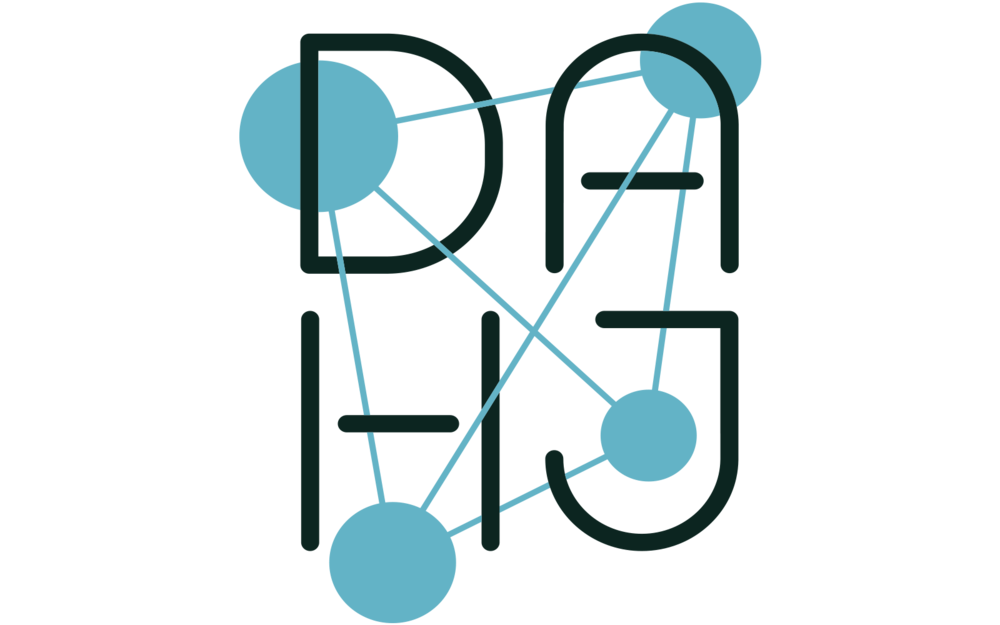Abstract
Digital reproductions of artifacts are utilized in an increasing range of professional work with cultural heritage. Because paintings are relatively easy to capture and transfer to the digital realm, an increasing number of them are now being photographed and made accessible in databases. However, as this article points out, paintings can be used as a point of departure for a wide range of digitally-based copies of their material and visual components, a phenomenon described as the visual culture of painting. By employing Greimas’ square, this article explores how computer-aided reproductions of paintings can be differentiated, distributed, and described according to their basic formal qualities from digital photography and analytical imaging to 3D-printed versions. The square also enables a description of formal features and outlines the limitations of each type of reproduction by placing painting in relation to its historical counterpart, sculpture. In this mapping, tensions between opposites appear, including the virtual versus the material, two- versus three-dimensionality, surface versus matter, and the multifaceted struggle to cope with invisible structures. These issues have been illustrated and negotiated for hundreds of years in the practice of making and appreciating paintings, but this article reframes them for the digital realm.
DOI: https://doi.org/10.11588/dahj.2021.6.84189
Author
Lisbet Tarp
is associate professor in the department of Art History at Aarhus University, Denmark. Her research is mainly concerned with early modern studies of Western art and culture. She was leader of the research group project Digital Art History: Rediscovering the Painting (2019-2022), which was conducted in collaboration with the National Gallery of Denmark (SMK). The project was funded by the New Carlsberg Foundation and the Independent Research Fund Denmark.

